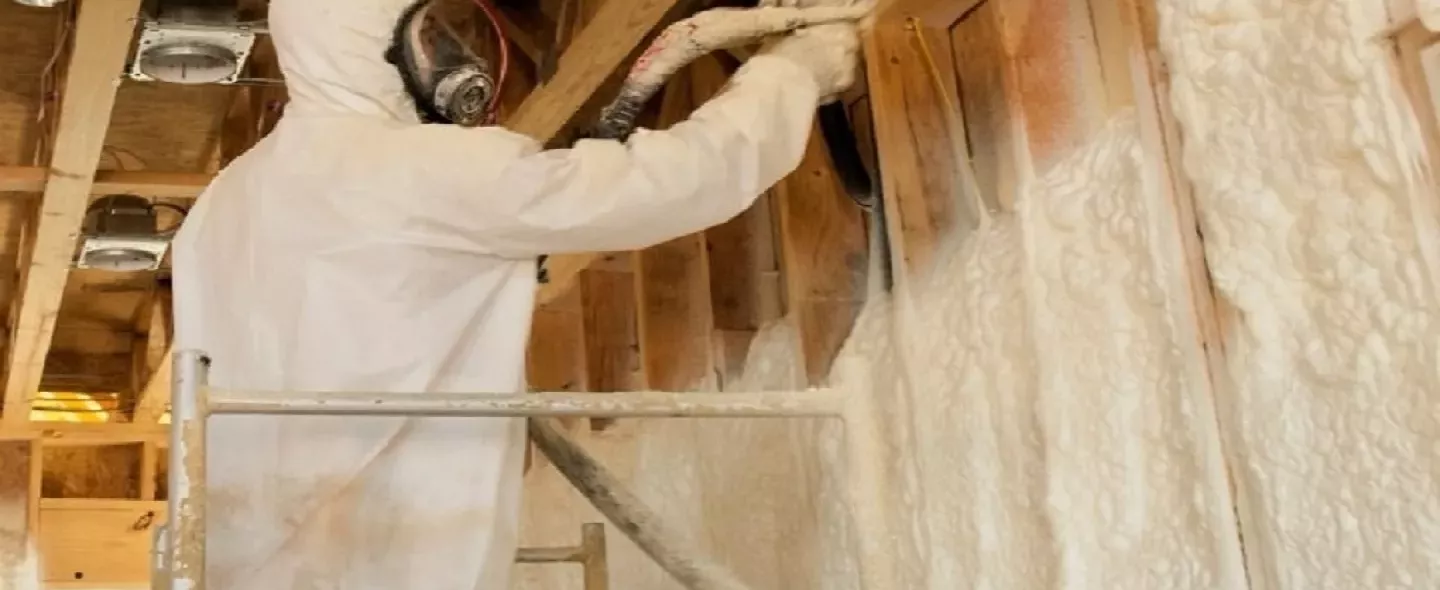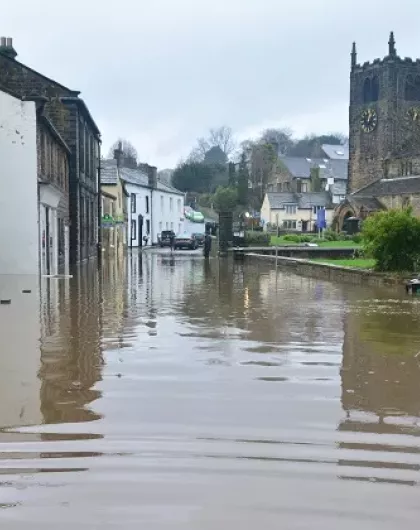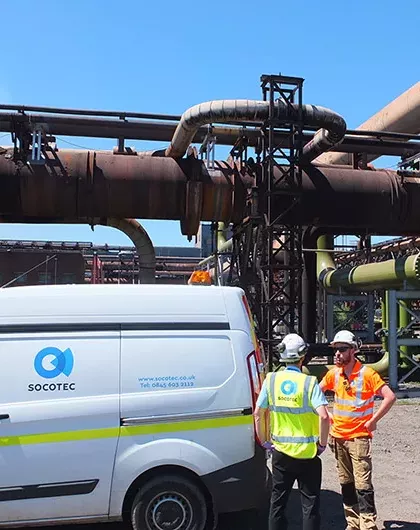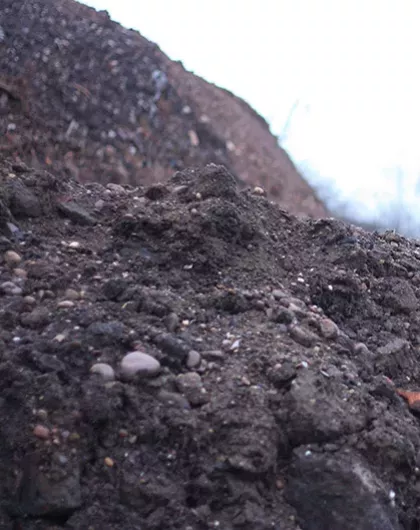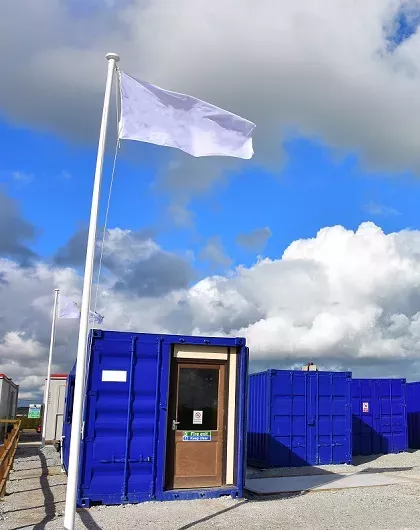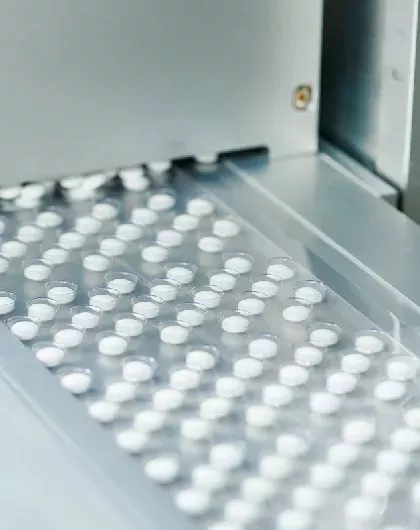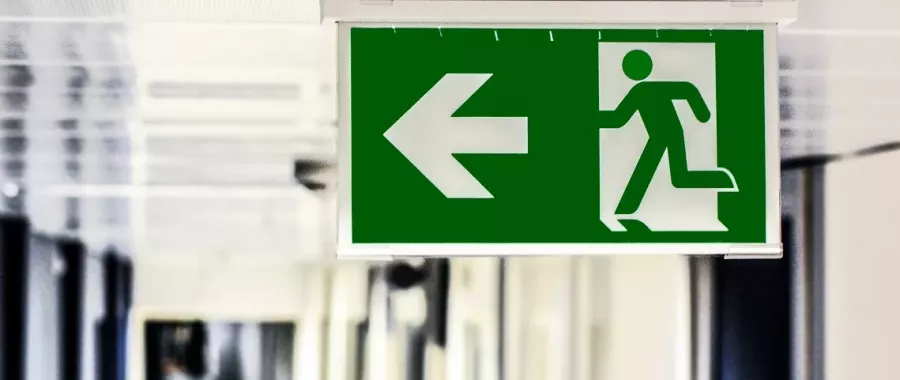SOCOTEC's advanced chemistry & research team offers analysis of insulation foam for the presence of HBCDD and CFCs to ensure that you are compliant with waste duty of care.
Insulation foams are materials with a resistance to conductive, radiant and convective heat transfer. These foams are commonly used to insulate homes and buildings. Foams can be applied by either spray application or pre-formed insulation boards, with the three main forms being, Polyurethane (PU), Polyisocyanurate (PIR) and Polystyrene (PS).
Keeping Compliant
The Commission Regulation (EU) 2016/460 controls the use of Hexabromocyclododecane (HBCDD), a flame retardant used in a number of applications including Polystyrene insulation foams, identified as a persistent organic pollutant (POP). In line with the latest regulations, these foams must now be analysed for HBCDD prior to being disposed. Also of concern are fluorinated greenhouse gases (F gases) including CFCs, HFCs & HCFCs which were used as blowing agents in insulation foams. Before these foams are sent to landfill they must be analysed to determine if F gases are present, and if the gas cannot be recovered then they must be treated as hazardous waste.
Analysing Insulation Foam for Hazards
SOCOTEC offers testing of insulation foams for the identification and quantification of HBCDD by solvent extraction and Gas Chromatography Mass Spectrometry (GC/MS). In addition, screening of foams by headspace GC/MS allows for the identification of CFCs, HFCs & HCFCs. Both sets of analysis ensure that hazardous waste is not sent to landfill so that your duty of care can be fulfilled.
Examination of the foams by Fourier Transform Infrared Spectroscopy (FTIR) is then implemented to identify the type of insulation material. PIR differs from PUR in that it exhibits greater heat stability. This results in PIR insulation products having increased fire performances and higher working temperature limits. As it is not possible to visually distinguish between PUR and PIR, then chemical testing is imperative in identifying the foam type as the type of insulation can have a direct bearing on the performance of the insulation in a fire

Talk to our experts
Want to find out more about SOCOTEC's Laboratory and Analytical services?
You might also be interested in:
Other news


